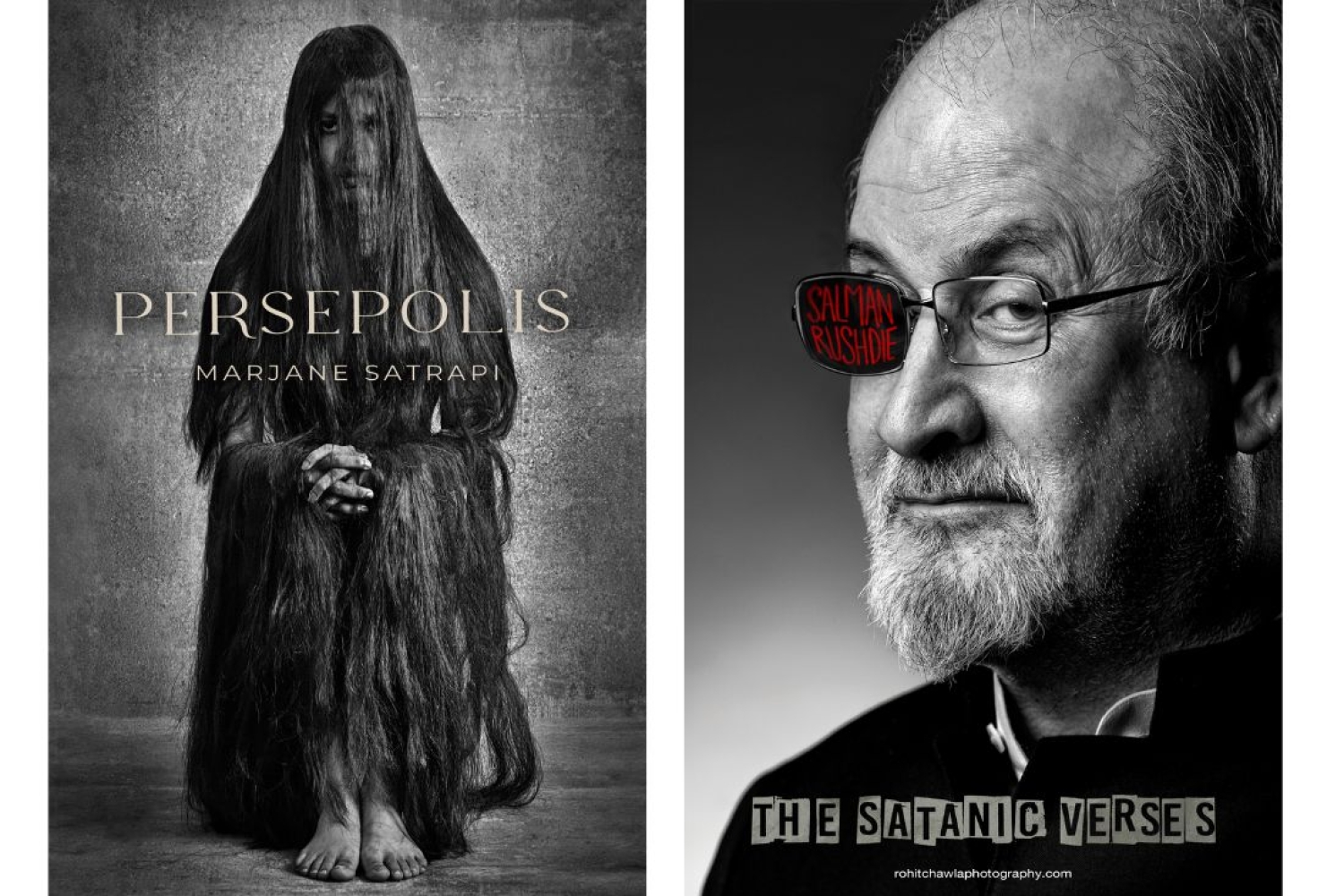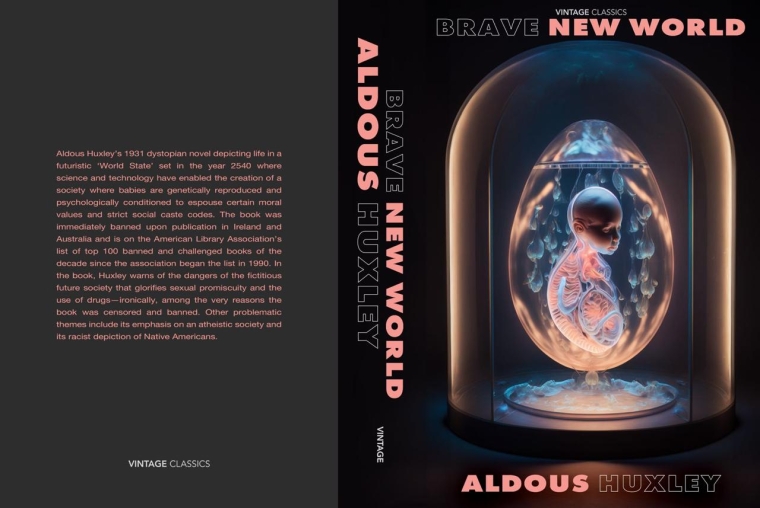

Photographer and visual artist Rohit Chawla has a particular affinity for authors and literature. Having photographed some 300 of the world's greatest authors including authors like Salman Rushdie, Paul Beatty, Vikram Seth, and V.S. Naipaul, his portraits seek to capture the quiet essence of their being and their non-effusive self. Rohit Chawla’s recent project is an extension of that particular oeuvre and his current exhibition on banned books transports you back in time in a bid to resurrect some classics that various authorities banned for frivolous reasons that seem laughable in a contemporary context. The exhibition is perhaps a subtle way to reflect on current mindsets that afflict our social discourse.
We talk to Chawla about his style of photography, what reading means to him and why he chose to explore banned classics.
Why did you choose to explore banned books?
I try to pick issues and subjects that the artistic community sometimes chooses to ignore and try not to be limited to the closed art biennale settings alone. But seek to embrace a certain cultural mainstream that resonates with these issues. I don’t necessarily subscribe to purely ornamental and decorative art at this stage of my artistic practice. So everything that I try to do with my photographic craft seeks to have a certain political resonance in today’s fractured times.
Today, the creative space for artists is shrinking and there is a certain self-censorship that has begun to afflict all creative professionals, be it cinema, comedy or just speaking at a public forum. Also purely from a public memory point of view, it’s a good time to look at some of these classics that were banned. It's like an oblique way of holding a mirror to the times we live in. The ban culture has afflicted countries across the world. Artistic freedom needs to be defended and is worth the good fight. Imagine books like Alice in Wonderland or even a particularly innocuous book like Black Beauty was once banned in South Africa.
What purpose do books hold in today’s time with a declining readership?
People today have many many distractions and most of the time we are imminently immersed in curating our wonderful lives for our own Instagram & social media feeds. We are busy reading the daily fiction dispensed by our equally fictional friends. Banned Books is simply that non sequitur from my creative perspective that hopefully focuses attention on some of these forgotten books and some equally forgotten choices.

How do you think AI is shaping our visual aesthetics and how do you use that in in your exhibition?
The AI is absolutely incredible. AI will be a wake-up call to all lazy artists because the repetitive & derivative art that we see around us will lose its zing very soon. AI can be very unforgiving unless we learn to create from an absolute new fresh, original perspective entirely of our own. AI relies on a certain set of data which exists. If an artist or a photographer has to be relevant, they have to create something fresh and unimagined as part of their practice too. So maybe the artists who got away with the hackneyed & oversized school of art will not be able to get away with it in the future. AI will force us to be innovative, and not let us rely on the old ways of seeing. Today, some of what constitutes contemporary art is laughable and no obtuse curatorial note or the obligatory blindfold that gallerists excel in dispensing to their prized collectors will save them from the creative revolution AI is going to unleash. First photography was democratised with the advent of digital. And so everyone everywhere speaks & practices the language of visuals. With AI the world will soon speak the language of art in its entirety. The nine blind wise curators that sat in a room deciphering the contemporary art elephant will also meet their match because the elephant in any case has now left the room itself.

What does reading these banned books mean to you?
I used to be a voracious reader of classical fiction when I was young. These books I have used in my exhibition were a part of my growing-up years. It's a way of resurrecting them visually for myself too. I have tried to create the covers of these books from subliminal memories that have stayed with me after all these years. So whatever was retained in my head, I have tried to interpret visually. But increasingly because of the information overload and the desire to be up to date with all kinds of information. I notice that the time for pure fiction is shrinking too. Most of my reading now is on science and technology because science and technology are the real politics of tomorrow. We can't be oblivious to it. This marriage of AI with art is something also I wanted to explore for myself.
Words Paridhi Badgotri
Date 19.02.2024